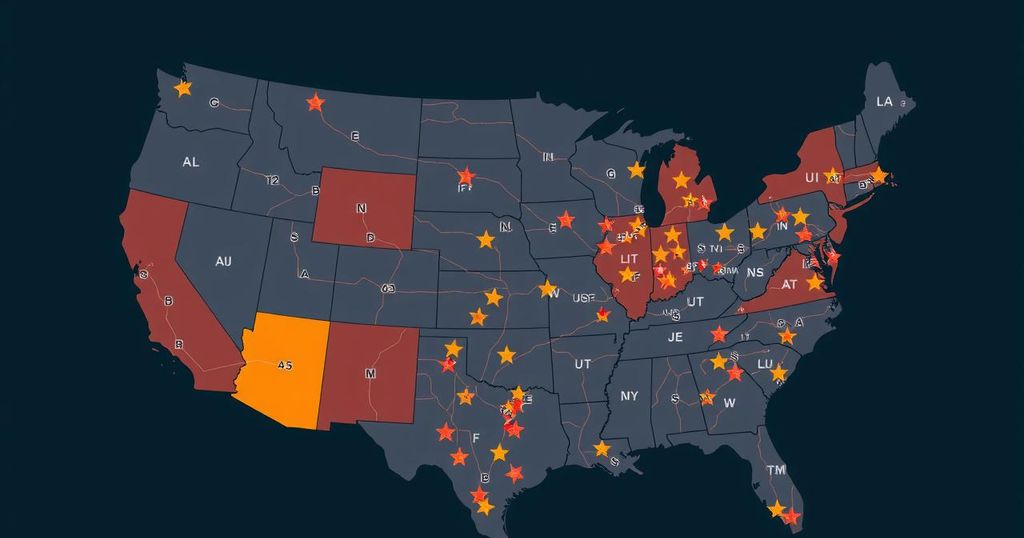The United States conducts its presidential elections on the first Tuesday after the first Monday in November, a practice that began in 1845 to standardize voting dates. This timing was selected to accommodate farmers, ensuring no conflict with key agricultural periods and facilitating travel to polling places. The consistency of Election Day aims to promote fairness within the electoral process.
The United States holds its presidential elections on the first Tuesday following the first Monday in November, a tradition that has its roots in agricultural society. This scheduling has been the norm since 1845, making it a significant aspect of American electoral history. The decision to standardize the election date across the nation arose from a need to improve the electoral process. Prior to this uniformity, each state had the liberty to set its own election date, resulting in a multitude of voting days that some critics deemed inefficient. The concern was that results from early voters could unduly influence subsequent voters in later states, thereby affecting overall outcomes. Congress intervened by establishing a consistent election date to promote fairness. The choice of November was strategic, as it falls outside of the crucial farming periods of spring planting and autumn harvest, facilitating better turnout among farmers who made up a large part of the electorate at the time. Additionally, rural Americans faced travel challenges, sometimes needing a day to reach polling places. Consequently, Tuesdays emerged as the most suitable day; Sundays were reserved for church attendance, and Wednesdays were typically market days for farmers. Given these factors, Tuesday provided a practical solution that met the needs of the majority of voters while ensuring accessibility to the polls. This year, on November 5, Americans will once again participate in this vital democratic exercise, selecting between incumbent Democratic President Joe Biden and former Republican President Donald Trump, continuing a tradition steeped in history and practicality. Understanding the rationale behind this electoral schedule highlights both the evolution of the electoral process and the changing dynamics of American society.
The tradition of holding U.S. presidential elections on a Tuesday in November can be traced back to the mid-19th century when agricultural practices heavily influenced societal rhythms. Prior to 1845, election dates varied significantly across states, leading to concerns over consistency and fairness. The push for a standardized election date was partly motivated by the need to prevent early voting results from swaying later voters in other states. In establishing the first Tuesday after the first Monday in November, Congress aimed to create a uniform process conducive to the agrarian lifestyle still prevalent across much of the nation at that time.
In conclusion, the establishment of Election Day on the first Tuesday following the first Monday in November reflects a compromise between the needs of a largely agrarian population and the necessity for a standardized electoral process. This decision ensured that voting occurred at a time conducive to farmers and that it promoted fairness across the states. As the nation heads to the polls on November 5, this historical precedent underscores the significance of accessibility in the democratic process.
Original Source: www.aljazeera.com






